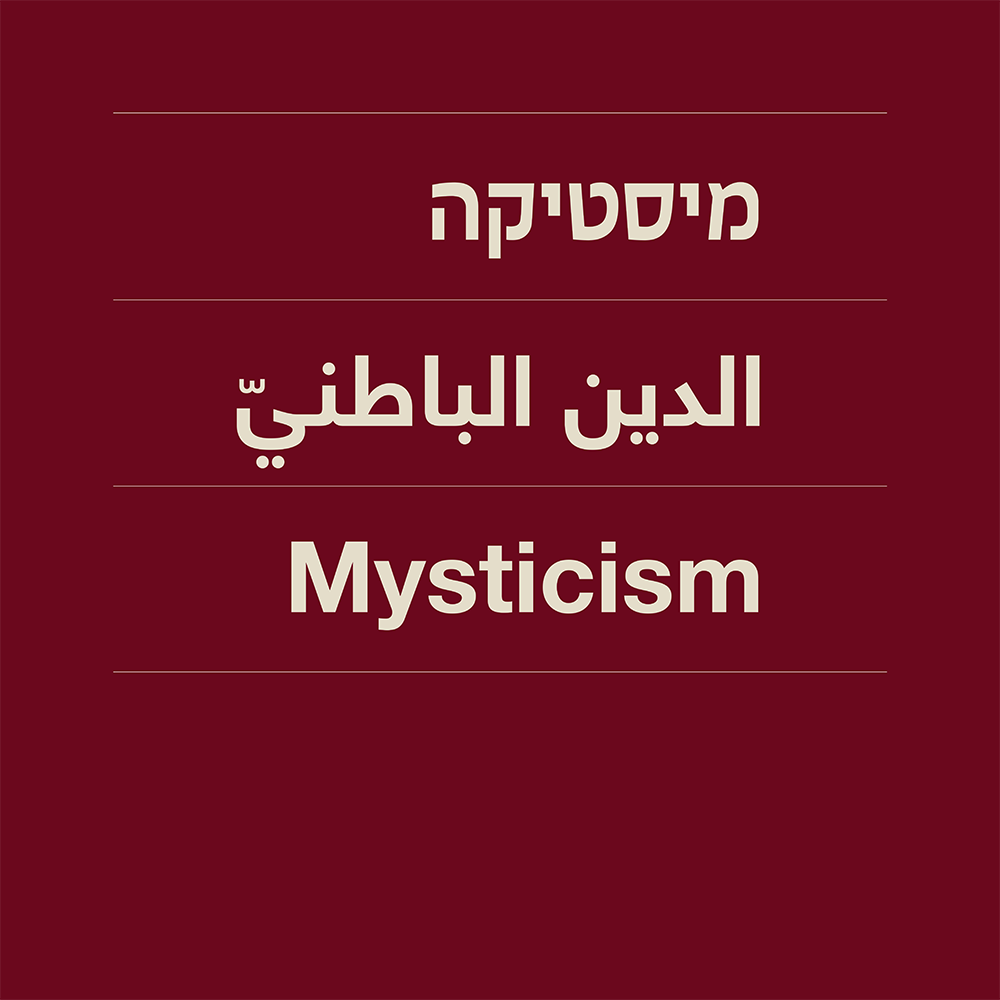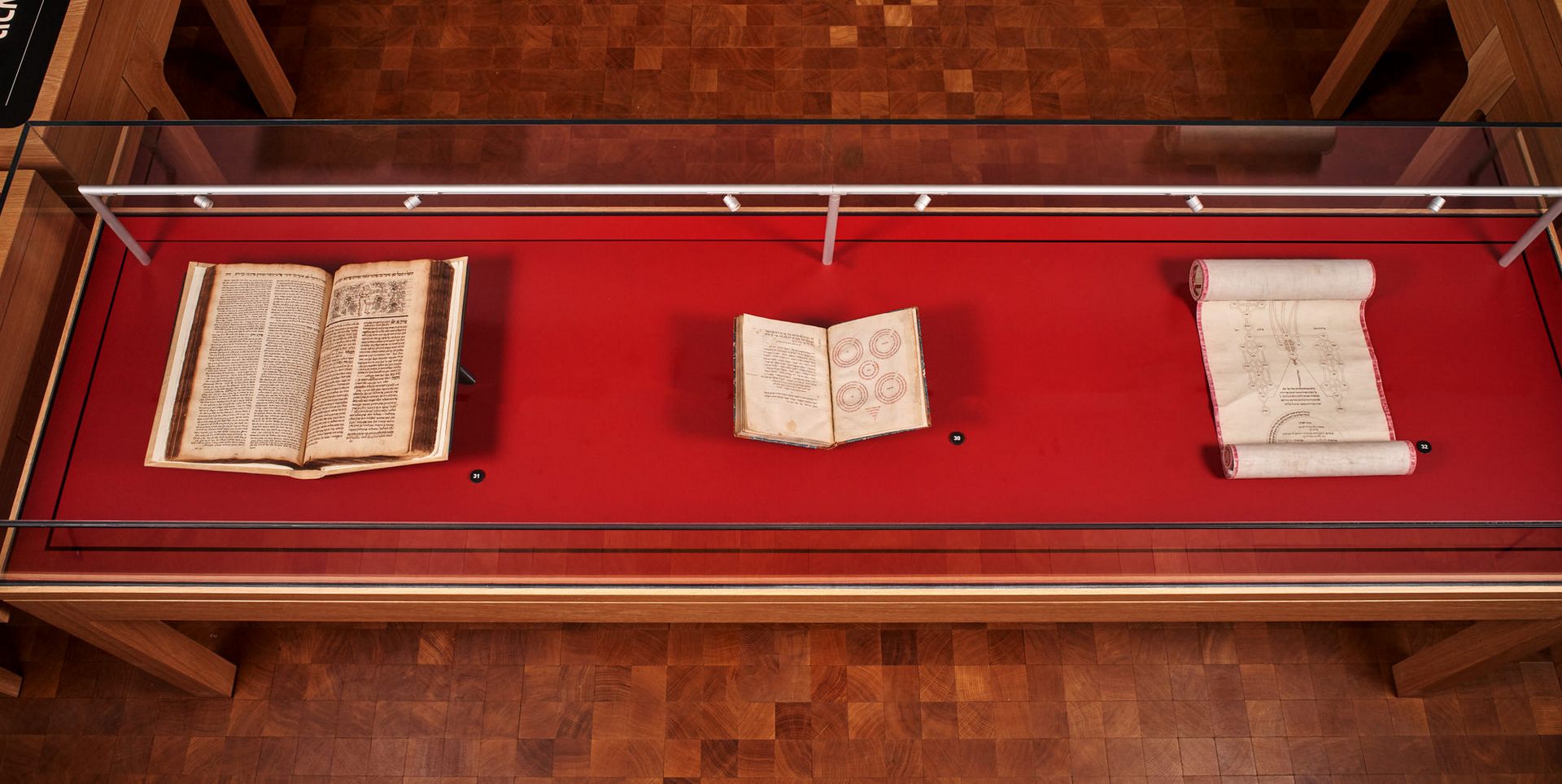
In thirteenth-century Spain, when followers of the kabbalist Moses ben Shem-Tov de Leon were composing Sefer ha-Zohar (Book of Splendor), another well-known Spanish kabbalist developed a personal take on the prophetic experience. Believing prophets were true mystics, Abraham Abulafia used mystical techniques and experiences to reach a state of prophetic ecstasy. A manuscript of one of his manuals in the Braginsky Collection (no. 30), Hayyei ha-Olam ha-Ba (Life of the World to Come) features ten circles executed in red and black ink and 128 in black with instructions for mystical meditation.
After the death of the principal kabbalist of the sixteenth century, Isaac Luria Ashkenazi of Safed, Hayyim Vital spent most of his time expounding on the annotations he had made of his master's teachings. The manuscript from the Braginsky Collection (no. 31) contains Derekh Etz Haim, the first part of Vital's summary of Luria's ideas. The decorative program of this manuscript is unparalleled.
In the 1640s, Tzemah and his pupil Meir Poppers were also instrumental in reviving a custom that dates back to the fourteenth century: the illustration of so-called ilanot, or tree-shaped kabbalistic diagrams. Early ilanot concentrate on the ten sefirot, the emanations of God's Divine presence which forms a central theme in Lurianic Kabbalah. Over the centuries, ilanot developed into more personal and often highly creative expressions of individual scholarly studies of Lurianic kabbalistic thinking. The ilanot produced by Tzemah and Poppers, like the example from the National Library of Israel collection presented here (no. 32), lend added complexity to the original schemes.
